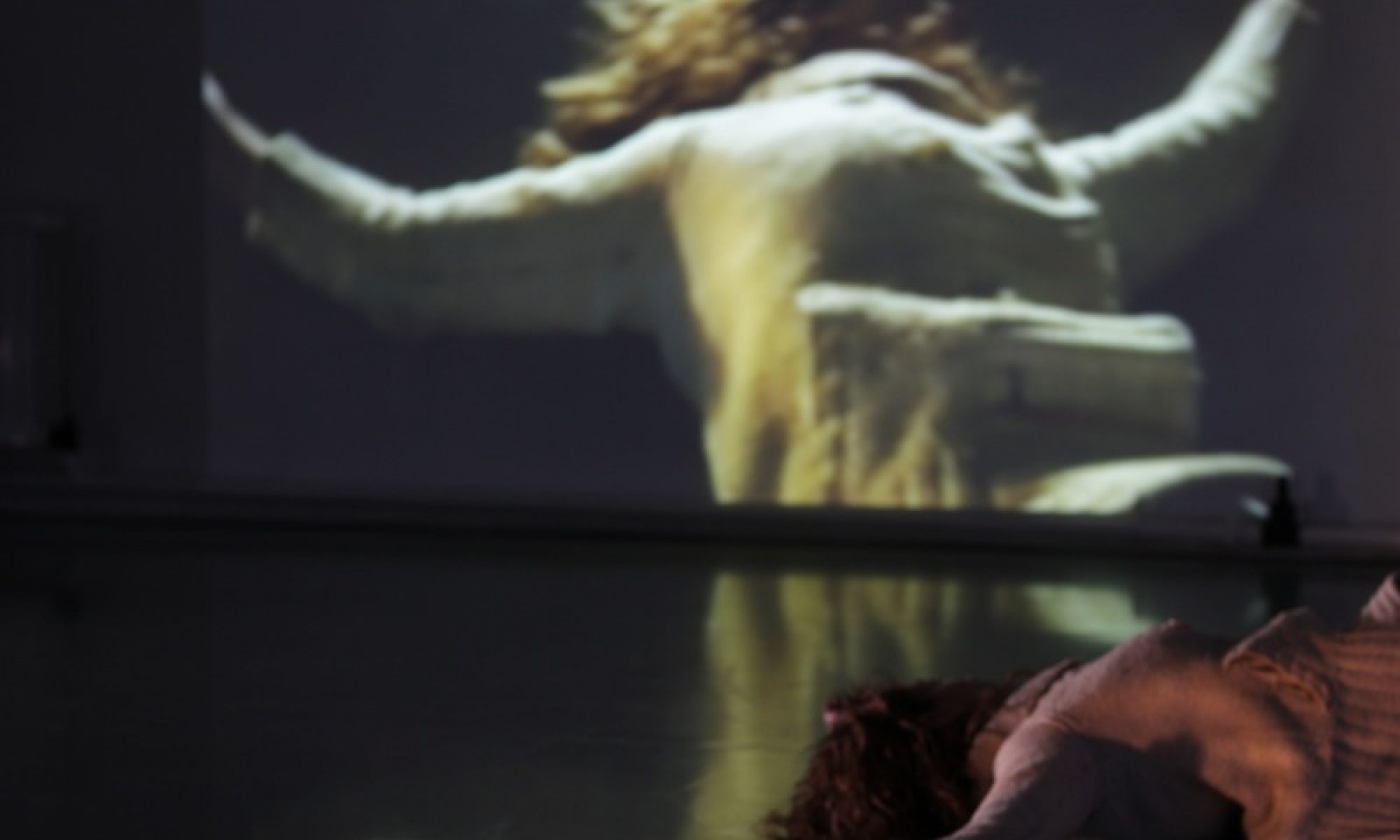I have brief meetings twice a week with the PhD students I am supervising — all of whom are working through and with practices of some kind. One of the things that came up recently was their growing awareness of how difficult artistic-research is. We haven’t yet got into why it seems difficult to them, and I imagine it is enough for now to simply register that difficulty.
But it did remind me of conversations in the early days of practice-research in which people voiced concerns about artist-scholars ending up doing closer to two PhDs — one through the artistic component, the other through the more traditional written form. I had a quick scan for some references that discuss this issue but didn’t have any luck (and nor could I remember any specific publications). Perhaps if you are reading this and any come to mind drop them in the comments.
I suspect part of the difficulty is about recognising how to delimit a research project. In the arts this is particularly difficult not least because the culture or habit of arts practices is to seek influence from diverse and disparate ideas, images, practices and understanding to inform the practice.
For example, one of the students at C-DaRE is working beautifully through simple physical practices of falling and spinning. What practices come to mind for you when you read those two words: falling and spinning? For me, falling conjures up some of the artistic work of Bas Jan Ader and spinning the Whirling Dervishes. But if I just stick with falling for now …
The student could go to the physics of gravity, or movement practices like contact improvisation that explicitly deal with the body as it is falling, or even simple human gait (a series of falls and catches); or they might turn towards the Bible and falls from grace. This is all before dealing with metaphors of falling (let along turning towards spinning): falling away, falling apart, falling together, falling in love, fallen soldiers, the fallen …
These simple, direct and clear physical practices spawn an unfathomable range and number of ideas, influences, reflections, histories, cultures, assumptions and understandings (and all of the research fields that accompany those ideas).
Yes, artistic-research is difficult. It’s difficult because tuning ourselves to recognise the edges or boundaries of a particular artistic practice is difficult. That it is this, but not that. It is here, not there. It speaks to these ideas, but not those.
My thought here is for those of us working in practice-research to attempt to stay as local and partial as possible; to tend towards depth rather than breadth. I suspect that it will help an artistic-research student to practice saying, “Yes, I see that connection or that influence or that idea, but it is not for this project.” This will take a certain amount of courage, and perhaps even will feel like a risk. By coming to terms with what your artistic-research is not (or even just quietly and temporarily shelving those things which you might label as ‘not’), makes it more and more possible to gently hold onto what the research is becoming.
The research will not and can not be everything you want it to be. I think I am referring here to a certain amount of scholarly humility: this project is partial, it only speaks to these things in this moment.
Perhaps it is not as difficult as we think it is?

I wonder if the translatability of non-verbal practice to verbal language is over-estimated. That like Wittgenstein’s lion, even if it could speak we wouldn’t understand it. In more despairing moments I wonder if I assign a plausible and engaging narrative (like the English overlay to magic roundabout) and settle for that.
LikeLike
I like the sound of plausible — seems a high enough bar.
LikeLike
I that case I will definitely be referencing the magic roundabout,!
LikeLiked by 1 person